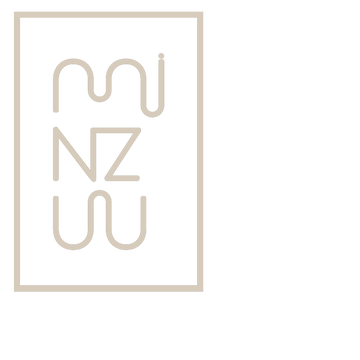Japanese towels are consistently rated amongst the best towels in the world, but industry jargon and lack of transparency can make them tricky to navigate for beginners. Here is a guide to picking the perfect Japanese towel, from the most absorbent fabrics to the craftsmanship details to look for.
Elements of the Perfect Towel
The perfect towel means different things to different people, and it also depends on your personal preferences and aesthetic taste. Regardless, there are some standards a high-quality towel should adhere to:
- Wick water away from your body and unto itself without becoming excessively wet and heavy. Japanese standards require that a towel sink completely in five seconds or less when placed in water, both when new and after 3 washes.
- Feel comfortable on the skin.
- Dry quickly so it’s ready to perform the next time you need it.
- Pack away easily without taking up too much room.
- Fit seamlessly with your decor and last for years to come.
- A good-quality towel should never: dry so slowly that it develops a mildewy scent, unravel or snag, shrink in the wash, or tear at the edges.
Japanese towels are generally lightweight, thin, and traditionally compact. Thanks to their amazing absorbency, you’ll find yourself not needing as much towel as you think you do.
Imabari
Most towel manufacturers in Japan are based in the island region of Imabari, where towel-making has been the regional specialty for over 200 years. Imabari is home to over 100 textile factories that produce approximately 60% of Japan’s towels. The towels we proudly offer on Minzuu.com are made by manufacturers whose slow weaving looms still produce Japanese towels the traditional way.
Process
Each towel is gently woven on traditional, low-speed machines to maintain the integrity of the thread and achieve a level of softness that modern machines cannot produce. Unlike heavily processed towels that use chemicals and softeners, the towels in our collection are treated with few chemicals to conserve the fiber’s natural softness. The towels are then carefully washed with large quantities of fresh spring water from the melted snow of Mt. Ishizuchi, ensuring every thread is free from impurities. Water from Mt. Izuchi is remarkably soft, because it's low in iron and heavy metals. This gives towels a pristine, fluffy finish without the use of softeners or bleaches. Towels from Imabari are absorbent, quick-drying, and comfortable to the touch. Perfect for travel and daily use at home.
Weaves
Terry

Terry cloth features many small loops of cotton yarn (known as pile) that extend from the weave to absorb extra moisture. Towels made from 100% cotton terry deliver a comprehensive combination of absorbency, softness, and durability all in one. If you're into the soft, voluminous and fluffy texture of traditional towels, terry towels should be your first choice.
Chambray

A chambray is a plain weave cotton fabric with a colored yarn in the warp (lengthwise thread) and a white yarn in the weft (vertical thread). A chambray fabric will have a subtle criss-cross effect similar to denim, though the weight is much lighter. Chambray’s tightly knit fibers absorb moisture quickly without wrinkling the smooth surface of the towel. Some of our towels feature two sides: a smooth lint-free chambray front, and a gentle terry looped back.
Lattice

A lattice weave is a delicately knitted cotton, interlaced with a repetitive criss-cross pattern. Lattice-woven towels feature small honeycomb pockets that absorb moisture from the skin, yet this fabric lays flat and tends to be thinner than the standard plush waffle weave, making it easy to pack away even in the smallest of living and luggage spaces. The tight artisanal texture is woven on looms for durability and strength.
Gauze

Gauze is a thin, translucent fabric with a loose open weave. It is the most lightweight of cottons, with a delicate look juxtaposed by the strength of its fibers - for all its weightlessness, gauze’s layered construction makes it a deceptively strong fabric. Japanese gauze is made by stitching several layers of super thin gauze into one textile, which creates inner air pockets. The loose weave allows air to circulate within the fabric and absorb moisture layer by layer. Gauze gets softer with every wash, making it a long-lasting weave that you can continue to enjoy for many years. It feels plush, soft, and comfortable on the skin, and is often used in the construction of baby clothes and towels for those with sensitive skin.

